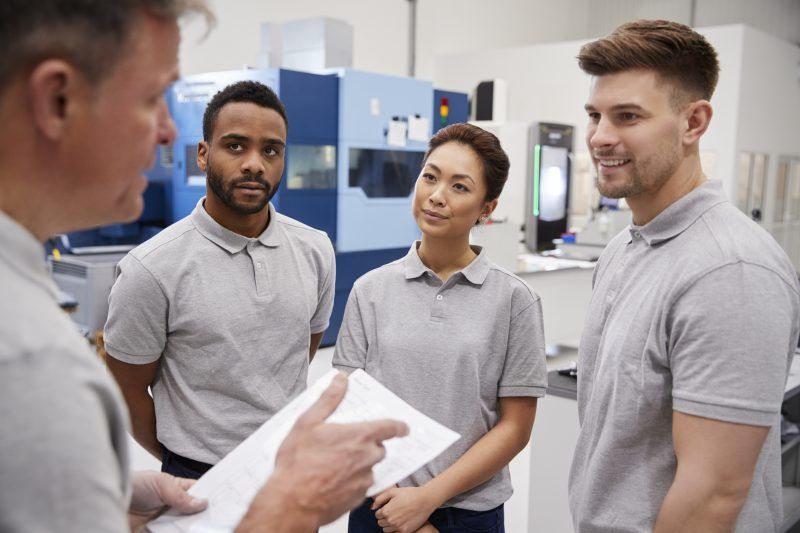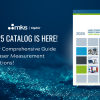Imagine trying to do precision work while standing in rain, snow or fog.
Ambient conditions can sometimes affect the ability of a precision measurement instrument to do its job properly.
Let’s take a look at how various ambient conditions can impact Ophir’s instruments – and how to control this impact.
Let’s talk temperature
We recommend that the optimal operating temperature range for all Ophir power and energy sensors, and meters, range between 15 and 35 degrees Celsius. Sensors and meters should be stored between 0 and 50 degrees Celsius.

When it comes to thermal sensors, the sensitivity to stable temperatures is small. Calibration may vary less than plus or minus 1% over the temperature range from 10°C to 50°C.
Very low temperatures or very high temperatures outside this range can have an impact on thermal sensors.
Very low temperatures can cause condensation on the absorber, which can affect readings. At very high temperatures, the sensor’s maximum rated power drops, since the sensor body will have a harder time dissipating heat in the already hot environment.
That was for stable temperatures. Fluctuating ambient temperature – changing by as little as 1 degree Celsius per minute – can cause a change in the sensor’s reading.
The good news is that humidity in the range of 20 to 90 percent causes no significant concern as long as there is no condensation.
The effect of acoustic vibration

We don’t often think about the effect of acoustic vibration, but this too can interfere with measurements for pyroelectric energy sensors. If you need to measure low energy pulses in an acoustically noisy environment,. the meter’s “User Threshold” feature allows you to adjust the measurement threshold in noisy environments, which can help prevent false triggering. If need be, some soft foam can be placed under the sensor’s mounting base to damp out any acoustic vibrations, since the main source of acoustic noise is through the base.
And finally, there is light.

Background light can be a problem for low power CW beams but Ophir’s PD300 photodiode sensors have a background light cancelling feature.
You can read more about the effects of ambient conditions on laser measurements on our blog.












Leave a Reply
Your email address will not be published. Required fields are marked *